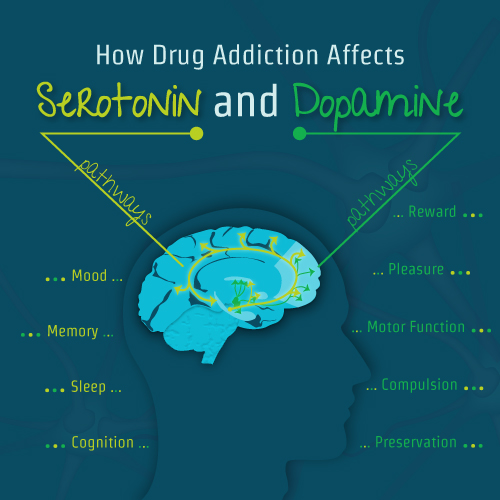Diabetes disease treatment using stem cells

Diabetes disease treatment using stem cells a great idea for all age groups
Diabetes disease treatment using stem cells: The usefulness of stem cells
Various research has been established that most of the people struggling with diabetes illness have used drugs before. That is to say, substance abuse increases the risk of contracting this disease in many ways. Because of this, we all have a duty to ensure that diabetes and all other drugs addiction related complications are addressed effectively. That is why in this article, doctor Dalal Akoury MD, President and founder of AWAREMED Health and Wellness Resource Center is going to help us understand how diabetes disease treatment can be achieved using stem cells.
If you are struggling with this, you may want to visit us at the facility, and doctor Akoury will offer to you new advanced, patented fetal stem cell transplant-based method for diabetes mellitus which has actually been proved effective in the treatment of both types 1 and 2 diabetes as well as the prevention of diabetes-related complications, which usually affect the eyes, arteries, kidneys and so on. When considering this kind of treatment, it is important to note that alongside the traditional treatment of type 1 diabetes, stem cells are also very important:
- Restoring the patient’s own β-cells and improving their functional capacity
- Preventing the destruction of β-cells that are functional at the time of the treatment
- Preventing diabetes-related complications affecting eyes, kidneys, peripheral nerves, and so on
- Improving insulin-dependent tissue condition.
- Ending the auto-aggression of cell-mediated immunity factors against β-cells
Diabetes disease treatment using stem cells: In type 2 treatment, fetal stem cells can help:
- Restore peripheral tissue sensitivity to insulin;
- Reduce the dose of hypoglycemic medications.
- Reduce atherogenic hyperinsulinemia;
- Improve the condition of arterial walls, which is vital for the prevention of atherosclerosis and complications arising from it;
- Decrease the production of glucose and pathologic lipids by liver cells;
Diabetes disease treatment using stem cells: Treatment for children
Fetal stem cell therapy is one of the most effective treatments for type 1 diabetes mellitus in children and the only one that can slow down or temporarily terminate autoimmune aggression against pancreatic beta cells. If treatment is started within 6-8 weeks after onset, it is possible to prolong “honeymoon” period, sometimes for a long period of time. Nonetheless, it is worth noting that in children, fetal stem cell therapy is likely to results in:
- Prevention of serious diabetes-related complication
- Prevention of blood sugar fluctuations (no hyper- and hypoglycemia that might cause complications at later stages)
- Preservation of beta cell production by the pancreas (if treatment is started early after onset)
- Immune boosting
- Easier and better diabetes management
- Better overall health and general development
Finally, doctor Akoury is advising that for better delivery of good result using stem cell therapy, it is worth noting that this therapy is most effective at the early stages of diabetes. That is to say, if you or anyone you know is struggling with this condition, you need not wait until it is too late. The time for treatment is now, taking note that the main criterion for positive effects with diabetes is the long-term management of the disease and the inhibition or prevention of complications.
Diabetes disease treatment using stem cells: The usefulness of stem cells
http://regenerativepotential.com/wp-admin









